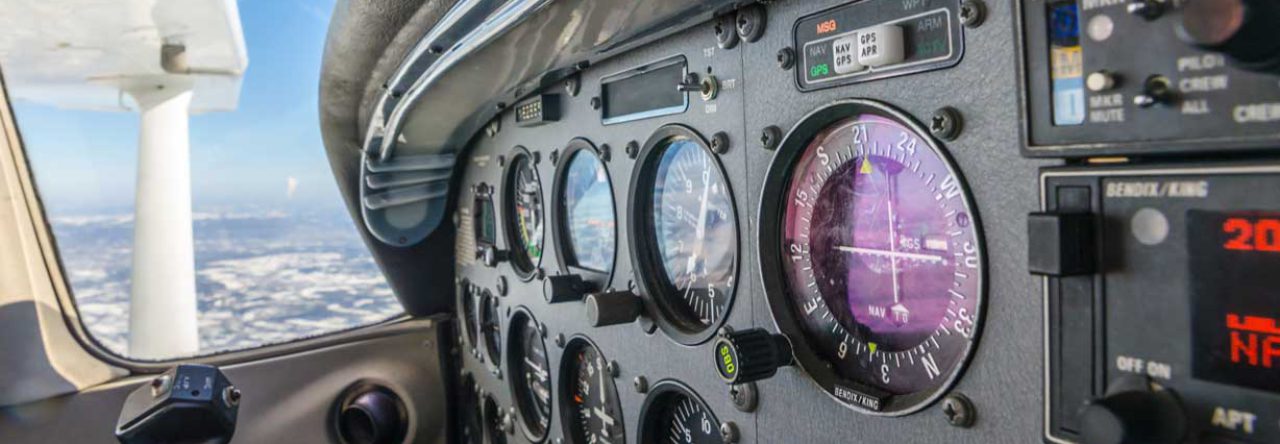One of the things this pandemic has given everyone, is an abundance of time. Along with learning to fly more complex aircraft, I am also learning to fly a technically advanced aircraft (TAA). One of the requirements, for the aircraft I want to fly, is that I take a transitioning to G1000 course via online ground school.
Had the first class last night. We covered all of the internal workings of the G1000 system including the electrical bus and Line Replacement Units (LRU’s) that replace all of the fancy electrical and vacuum systems in current steam gauge aircraft. See Diagram Below:
We went through each of the systems and discussed how they are connected, failure modes, etc. Being an engineer, this fascinated me. I have a good understanding of how steam gauges work and their failure modes and basically each of these LRU’s replace a single analog component.
Ex.
- The GDC (Air Data Computer) replaces your vacuum system and calculates the Airspeed, Altitude, VSI and Temperature.
- The GRS (AHRS) replaces your attitude indicator to give you Attitude, Rate of turn and slip/skid.
- The GMU replaces your vacuum DGI to give you heading.
- The GTX 33 in this diagram replaces your transponder/ADSB
You have two screens that read information from these core systems to display data. Each has a dedicated GPS, Comm, Nav, Glide slope, etc.
If one screen fails, it defaults all the pertinent information to a single screen.
If your alternator fails, your avionics run on a battery just like a normal steam gauge aircraft. You will have to unload some of your avionics to preserve power just like any aircraft. If that battery fails, you will automatically kick over to a backup battery that powers the “Essential Bus”.
The Essential Bus powers, the PFD, the main LRU’s (ADC, AHRS, GMU… etc), Com1, Nav 1. The MFD and push to talk on copilot side is disabled, but engine data that is normally displayed on the MFD is moved to the PFD.
Basically, you’re now in an emergency situation and you need to get down. Once on the backup battery, you have 30 minutes of power in order to find a safe place to land. You still have the backup steam gauges as a last resort but you really want to find a place to land and figure out what is going on. Especially if you are in anything but Day VFR conditions. Safety first!
We haven’t even talked about using the G1000 in any practical manner but I found the background very interesting. Of course as a pilot, I want to know how everything works in case of an emergency situation, things are easier to troubleshoot.
I am technically familiar with the G1000 through at home simulators and several training flights that I have had in the past but I haven’t had any formal training that can fill in the gaps.
Besides… I’m stuck at home for the most part, might as well learn something new!


Leave a Reply